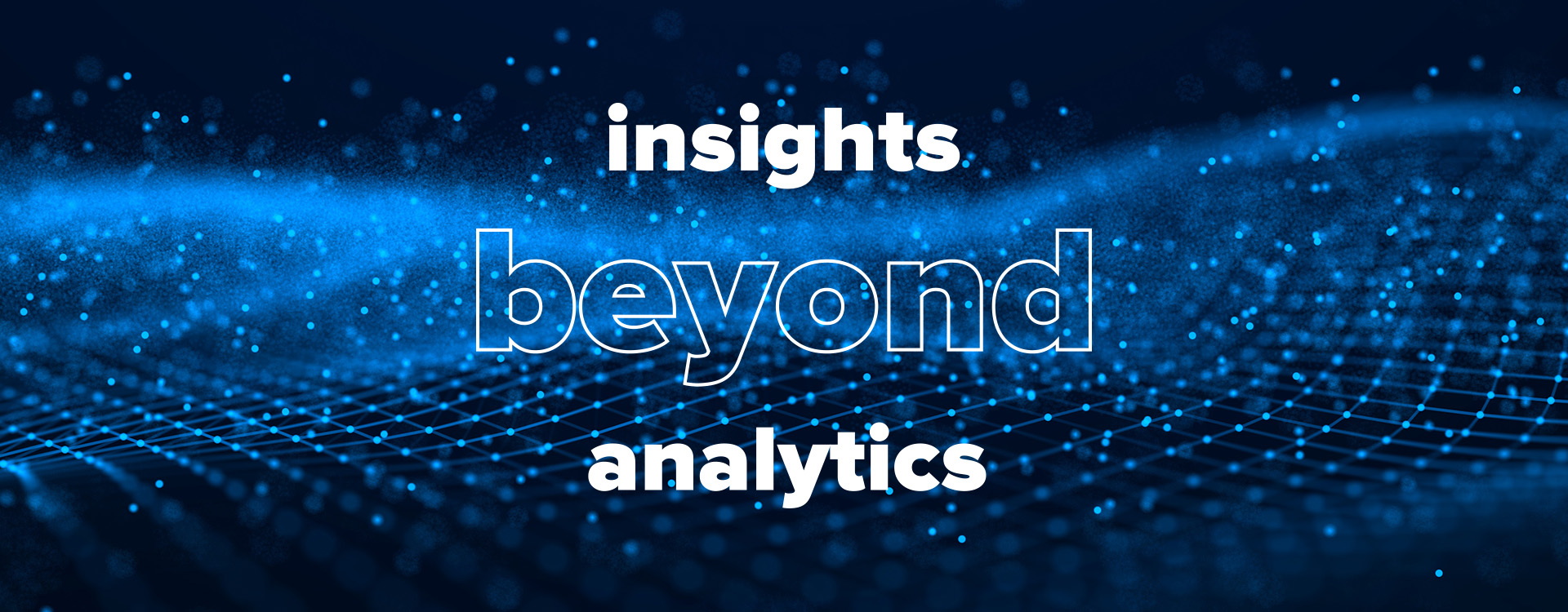The Business Perspective
Imagine that you are asked to order some goods. If you know how much of these goods you already have in your warehouse and how much will be shipped to your customers in the following weeks, your task a rather easy one: you can plan your orders so that the amount of stocks left in your warehouse is minimal and your customers demand is satisfied.
This task may seem trivial but ask any supply manager and he will tell you that his job is not as easy as it seems. This is because the information about your customers orders is not at his disposal.
The information of clients’ demand is equally important in many other scenarios, for example, in terms of production orders: planning the quantities that should be produced in order to fulfil clients’ demand without warehouse oversaturation.
Predictive analytics are able to forecast customers demand and help the optimization of the production as well as the warehouse stock level of your company, allowing you to make your decisions with data driven awareness.
A powerful in-house advanced analytics engine
Predictive and more generally speaking advanced analytics are rapidly becoming more and more easy to deploy and take advantage of.
Nevertheless, in most cases it is necessary to invest in a whole new system dedicated to the only purpose of performing a statistical analysis.
Traditionally, this predictive system is a R server that communicates with your data warehouse. Communication must take place both ways: row data must be feed into the predictive system that needs to return the result of its advanced analysis to the data warehouse, where data visualization applications are usually deployed. Moreover, each time a new prediction is required the whole process must be repeated and often a data scientist must be involved, making it time and resources consuming.
This is where SAP Predictive Analysis Library (PAL) came into play. This is a set of predictive and advanced analytics algorithm embedded in the SAP HANA database. The main advantage, with respect with the above described scenario, is that the advance analytics can take place in the data warehouse itself. This means that there is no need for more maintenance on a new system or for ETL (Extract, Transform, Load) to communicate between the data warehouse and the predictive system.
Moreover, SAP HANA allows to automate the prediction in such a way that no human intervention is required once the application is developed. This allows to compute new results with the desired frequency on daily basis or on demand.
Furthermore, one can take advantage of the computational performance offered by SAP HANA and its ability to manage and transform data.

PAL Overview
SAP HANA Predictive Analysis Library (PAL), is an Application Function Library (AFL) subset of algorithms that can be used within SAP HANA SQL Script to perform advance and predictive analytics. There are many categories of algorithms in the Predictive Analytics Library that allow many possible business usage scenarios, for example:
- Time Series: forecast of future sales values given a set of historical data;
- Clustering: grouping of customers based on master data and buying behaviour;
- Classification: identification of customer behaviour based on its master data;
- Regression: analyse the relationship between marketing campaigns and sales trends to evaluate impact.
Application in a real Business scenario: results.
The results below are referred to an application that we developed for a company in the field of food & beverage. The scope of the project was to forecast products demand in order to optimize the production orders and the warehouse stock level and fulfilled the forecasted sales orders amounts.
The algorithms used belong to the class of time series methods. Time series forecasting consists in the usage of a statistical algorithm to predict future values based only on previously observed values. Distinct series are considered independent one another.
In this case, each series is the history of sales values of a given product.
The chart below shows the difference between the Forecast (predicted values, red line) and actual trends (blue line) and can be used to evaluate the forecast accuracy.

The actual trend fits the forecast data. This means that the values that we have predicted are close to actual data that was unknown at the moment of the forecast.
Moreover, the application allows to drill down and analyse the Actual and Forecast trends for each product.
In the following table it is possible to notice that more than 90% of the volumes have been predicted with an error (MAPE, Mean Absolute Percentage Error) lower than the 20%:

Conclusion
As we saw in the last paragraph, Advanced Analytics and in particular SAP HANA Predictive Analysis Library (PAL) allow us to answer the question posed at the beginning of the article in a simple fashion, having a reliable prediction of the clients’ demand.
This result is possible because we were able to extract new information from our historical data. Now, we can use these insights to drive our decisions.
.png?width=2000&name=SDG%20-%20Logo%20White%20(1).png)









